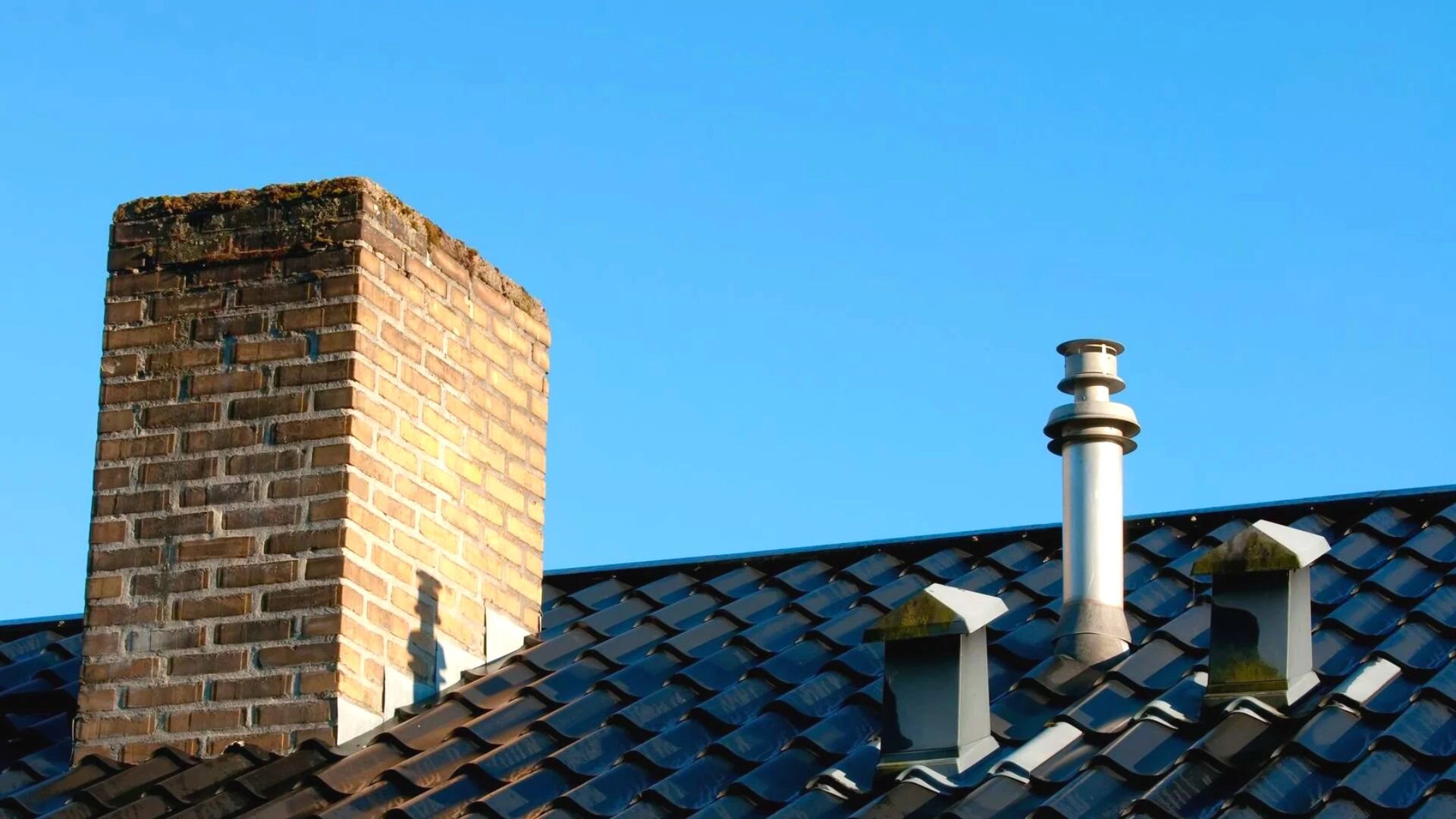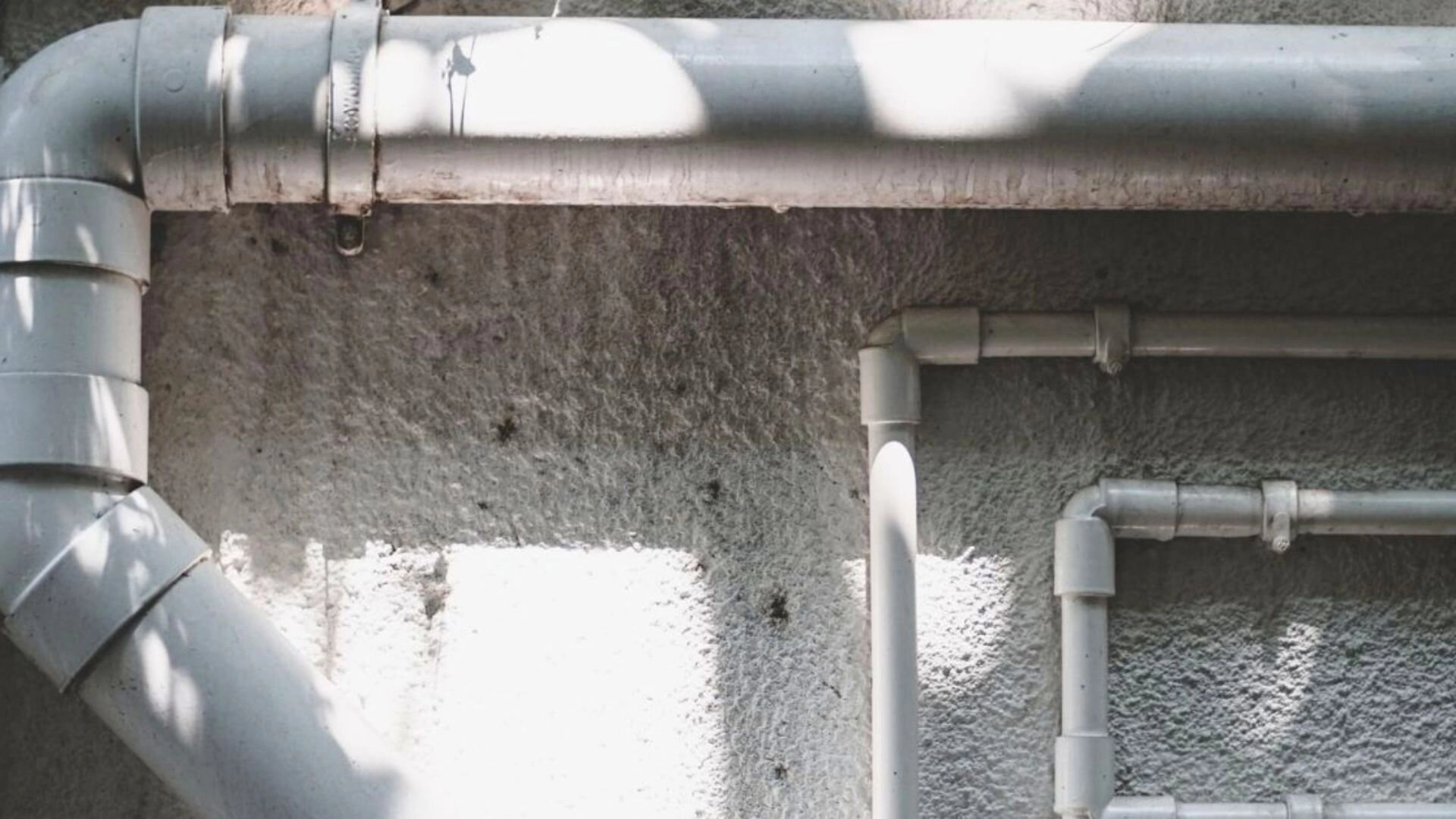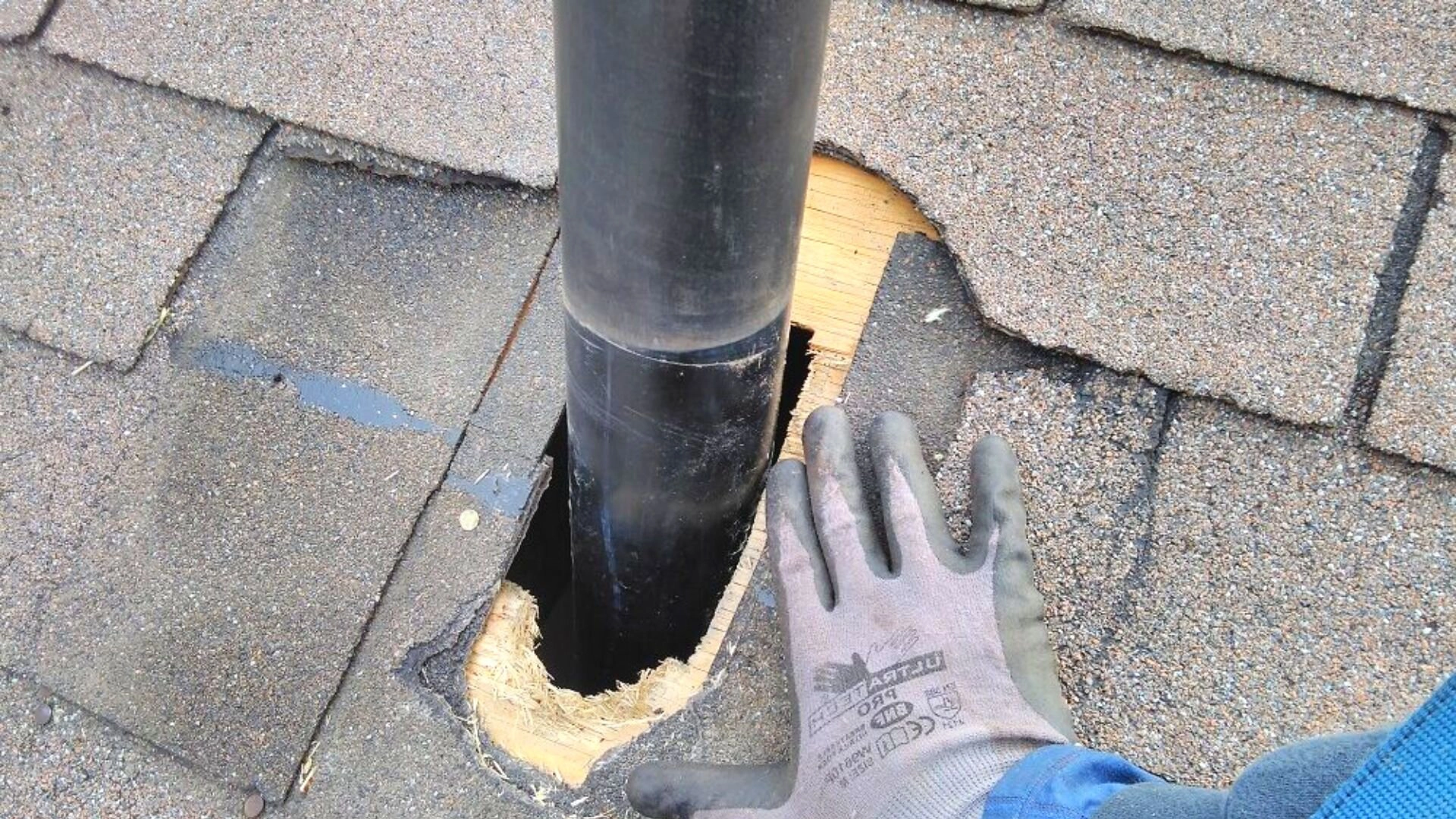You don’t even have to be a homeowner to realise the importance of plumbing systems.
Things like turning on a tap to wash your hands or washing the vegetables in your kitchen sink - all these day-to-day activities depend on the plumbing lines and fixtures. And that is why it is your responsibility to keep all the plumbing components in top working order.
On that note, many homeowners may be familiar with common plumbing fixtures like valves and taps. But there are certain components, like the plumbing vent or vent stack, that many people may not know about.
The purpose of this brief guide is to explain how plumbing vents work . Taking care of this component becomes simple once you know what it does.
So, if you want to satisfy your curiosity, dive in!
What Is A Plumbing Vent?

If you look at it from the outside, a plumbing vent pipe looks exactly like any other pipe in your plumbing system . But what sets this plumbing fixture apart from others is that it does not carry water like the rest of the drain pipes. Instead, it carries gases and air generated in your pipelines.
In most cases, plumbing vents have an outlet on the roof or other elevated points outside your home. All the gases and excess air inside your pipeline are ejected through this outlet, which ultimately helps to maintain the air pressure inside the plumbing system .
How Does A Plumbing Vent Work?
A plumbing air vent usually works in conjunction with another plumbing fixture known as a trap. For those who don’t know, a plumbing trap is the bent portion of the pipeline alongside most water fixtures throughout the house.
The trap contains some residual water at the bottom, which prevents harmful gases from the sewer lines from entering your home through the plumbing fixtures. However, as these gases build up, they increase the pressure inside the pipes . This pressure can cause the water to overflow through the fixture, creating a mess everywhere.
It also removes the residual water from the traps , which creates an empty space in your pipeline. This eventually allows harmful gases from the sewer to be ejected .

Even when water flows through your drainage pipes, a negative pressure is created behind it. The change in pressure increases suction in the pipelines, which can drain away the residual water from the trap. As a result, harmful sewer gases can enter your home due to the gap created in the trap.
Here is where the plumbing vent pipe comes in, for it discharges the build-up of gases and air so that an optimal pressure can be maintained inside the traps. It sucks in air from the outside to eliminate any negative pressure in the pipelines.
Blockages In The Plumbing Vent: What To Do
Unfortunately, like any other pipes, plumbing vents can become blocked too. And when it does, it poses a serious risk to your household. That is because it can no longer effectively balance the air pressure inside your pipes and drainage system.
Here are some of the most common symptoms of a clogged plumbing vent.
- Slow water drainage
- Water pooling or overflowing from the fixtures
- The emergence of odd or unpleasant odours
- Gurgling noises coming from the pipes
Most of these symptoms are also observed in the case of standard clogs in your pipes , which might create confusion regarding the problem’s source. In such a case, you should try clearing out the pipeline using a drain auger, high-pressure water jet or any other solution typically used to clear out a conventional blockage.
If the problem persists, you can say that the plumbing vent has become blocked.
How To Clear Out A Clogged Plumbing Vent?

Even though the symptoms of a clogged plumbing vent are the same as a conventional blockage, the clean-up operation is not as simple. This is primarily because these vents are positioned in hard-to-access areas, such as the roof of your house.
Now, if you try to clear out the vent from the ground level, the verticality of the plumbing venting system and gravity will make it a bit difficult to complete the task. Also, considering that the plumbing vent pipe carries toxic sewer gases , clearing them on your own without adequate knowledge or preparation can be dangerous.
In that context, the simplest solution would be to seek help from a professional plumber who will know how to proceed with the task. But if you insist on doing it on your own, you’ll need to access the plumbing vent on the roof.
Once you do that, the cleaning process becomes somewhat easier. The debris and leaves blocking the vent can be cleared with a drain auger. Subsequently, you can flush any remaining loose objects away with warm water.
Ensure you wear proper protective equipment , such as masks and goggles, to protect yourself from the harmful gases that may have accumulated in the vents. It’s also a good idea to have someone inside the house use the fixture once to verify that the clog has been removed.
Understanding Your Plumbing Vent Pipes
While it may seem a relatively minor component to an average person, a plumbing vent is anything but minor. If anything, it holds immense importance in the overall plumbing system of your home.
Now that you know how it works, we hope you will be better equipped to deal with any system problems.
That said, remember that regular maintenance is crucial to keep it functioning normally . And make sure to use a wide enough pipe that is much less vulnerable to blockages. If you need a professional plumber in Sydney, Fixed Fast Plumbing is your blocked drain specialist. From blocked sinks to clogged plumbing vents, we have a solution for you. Contact us today for more information or to book an appointment.
That’s all for this guide, see you next time!